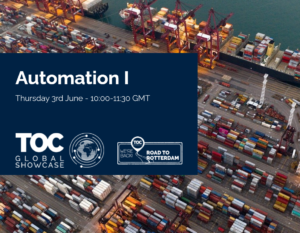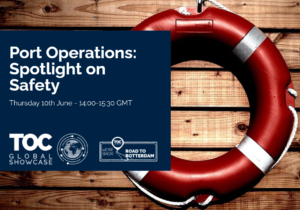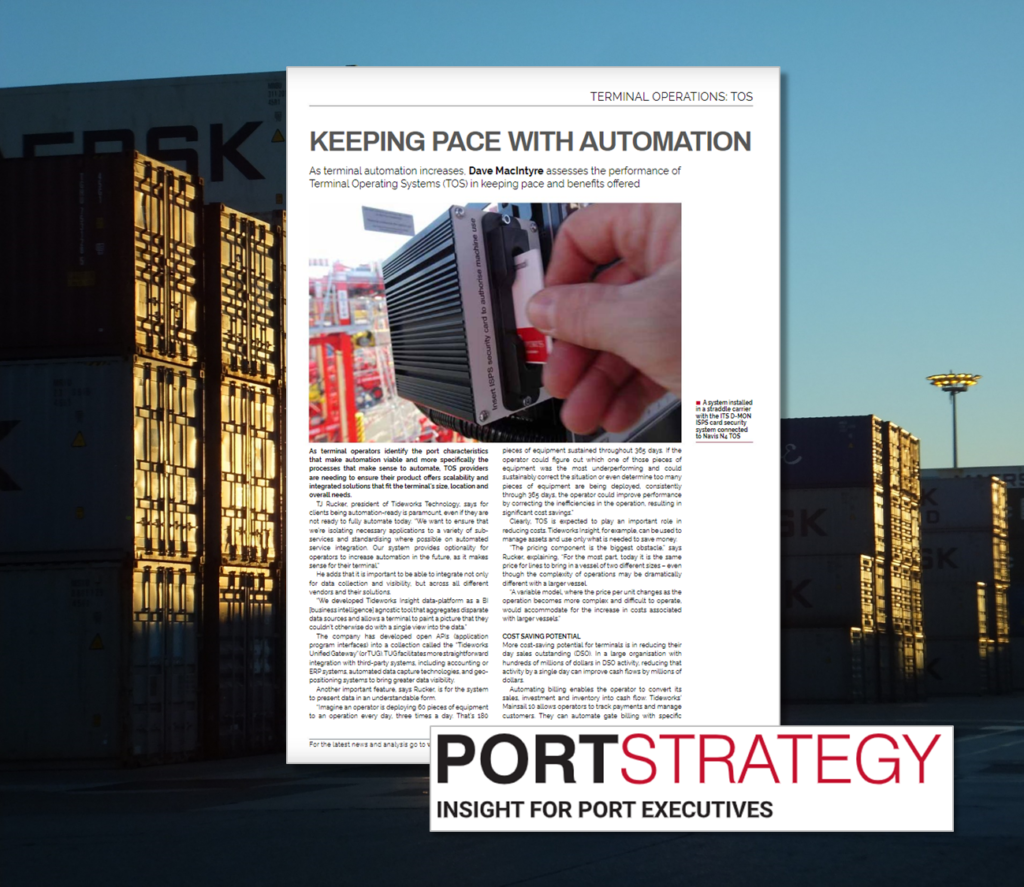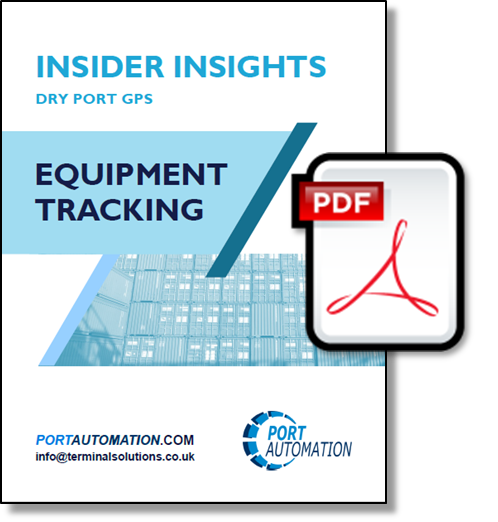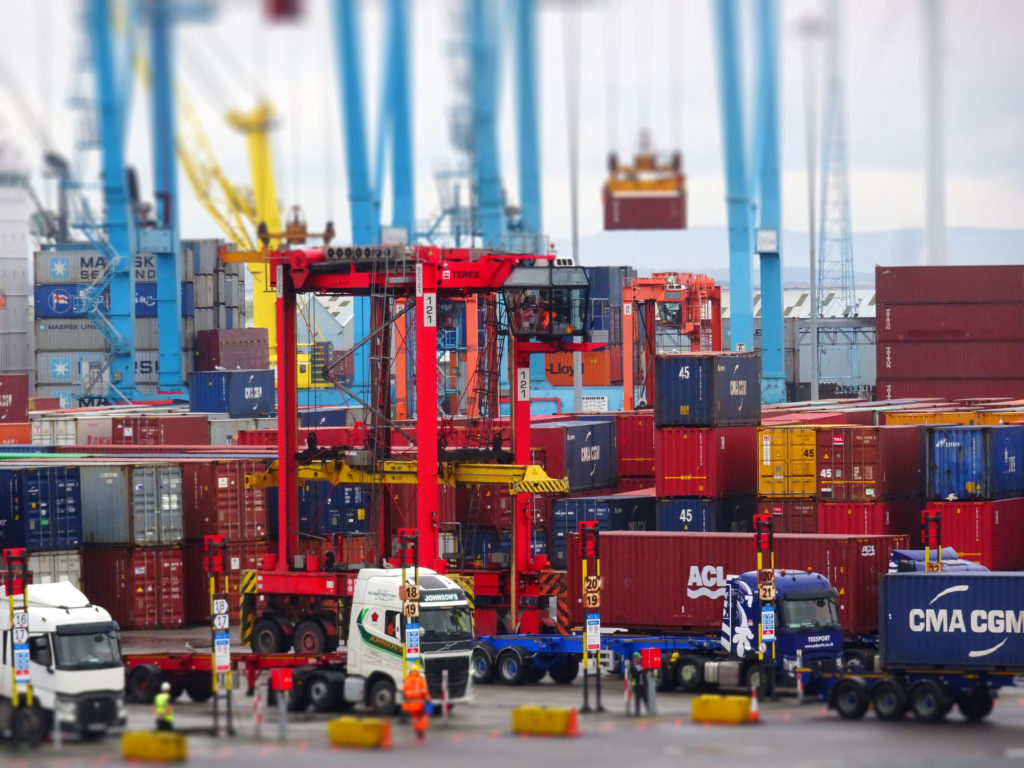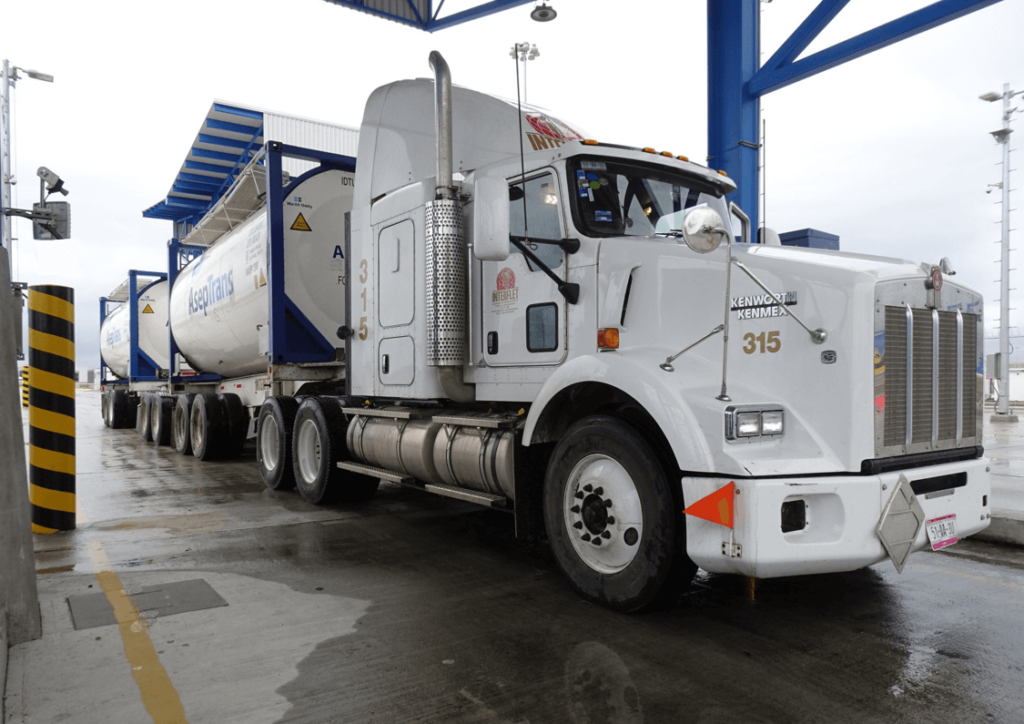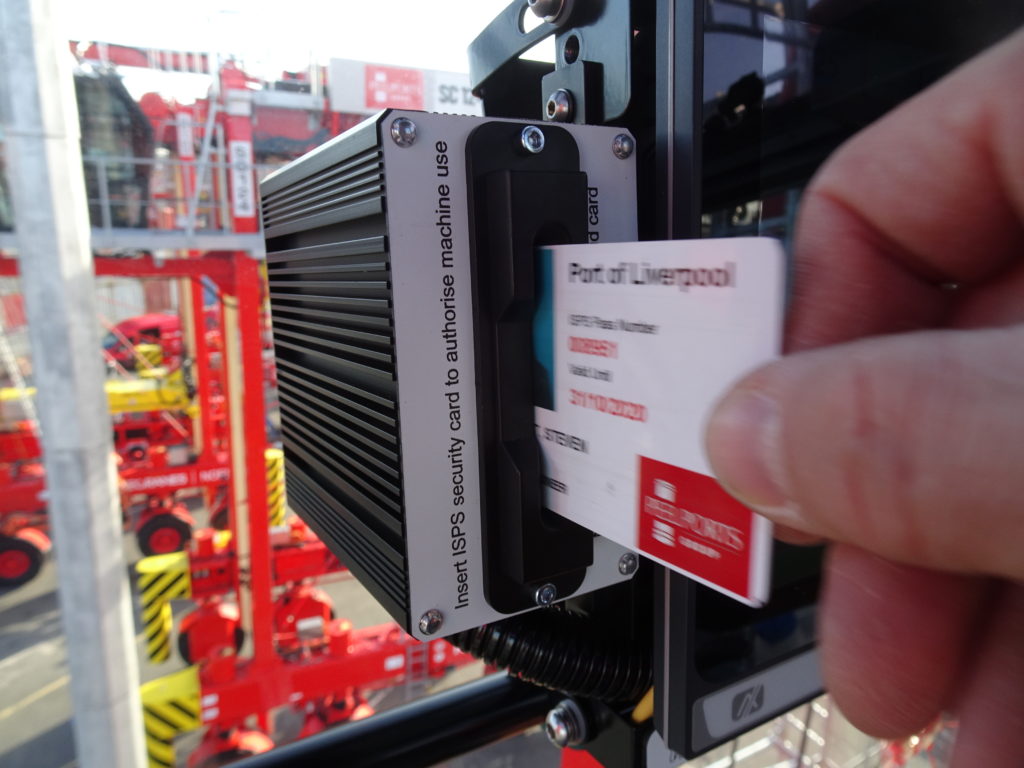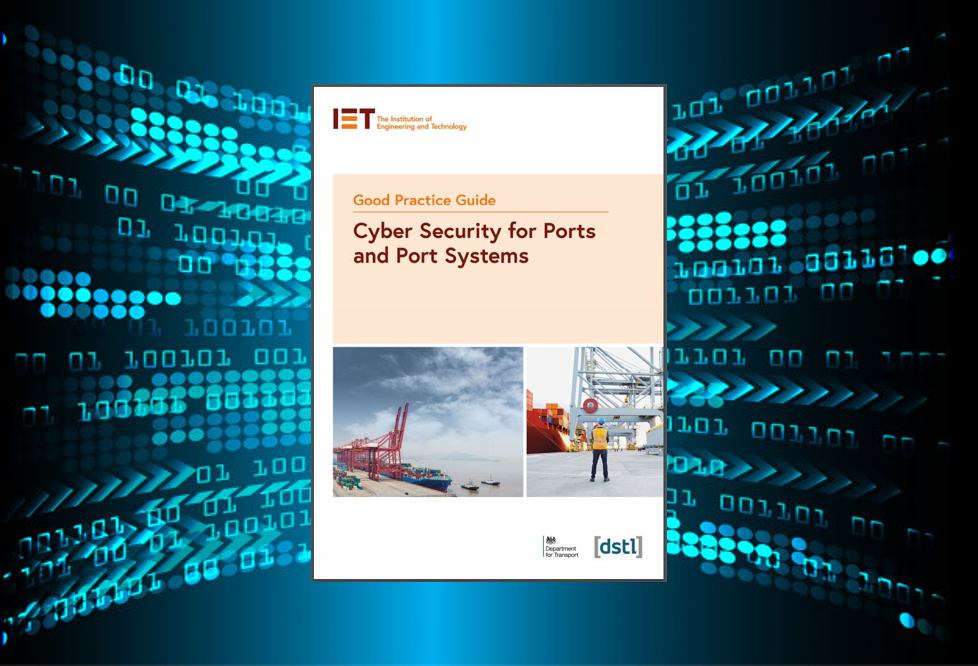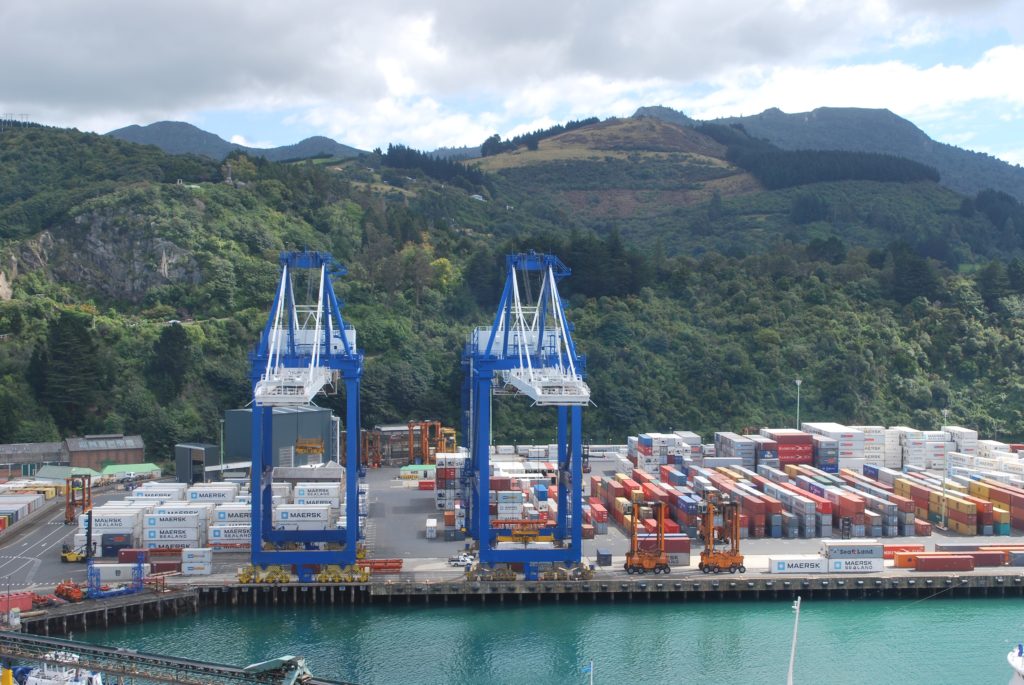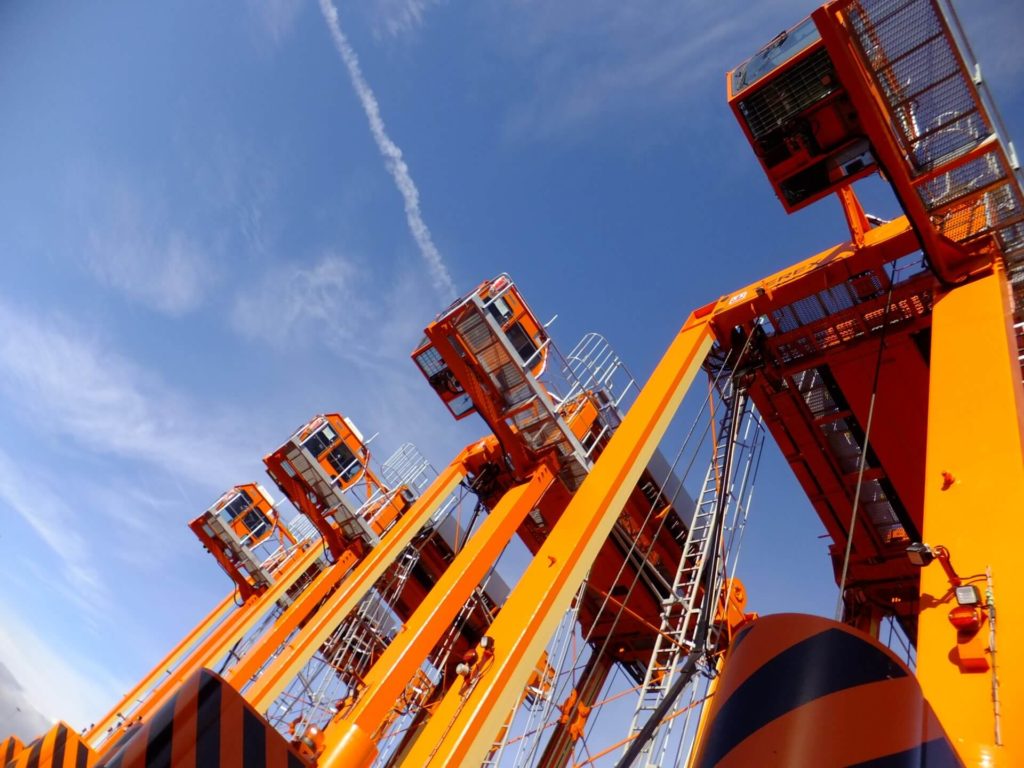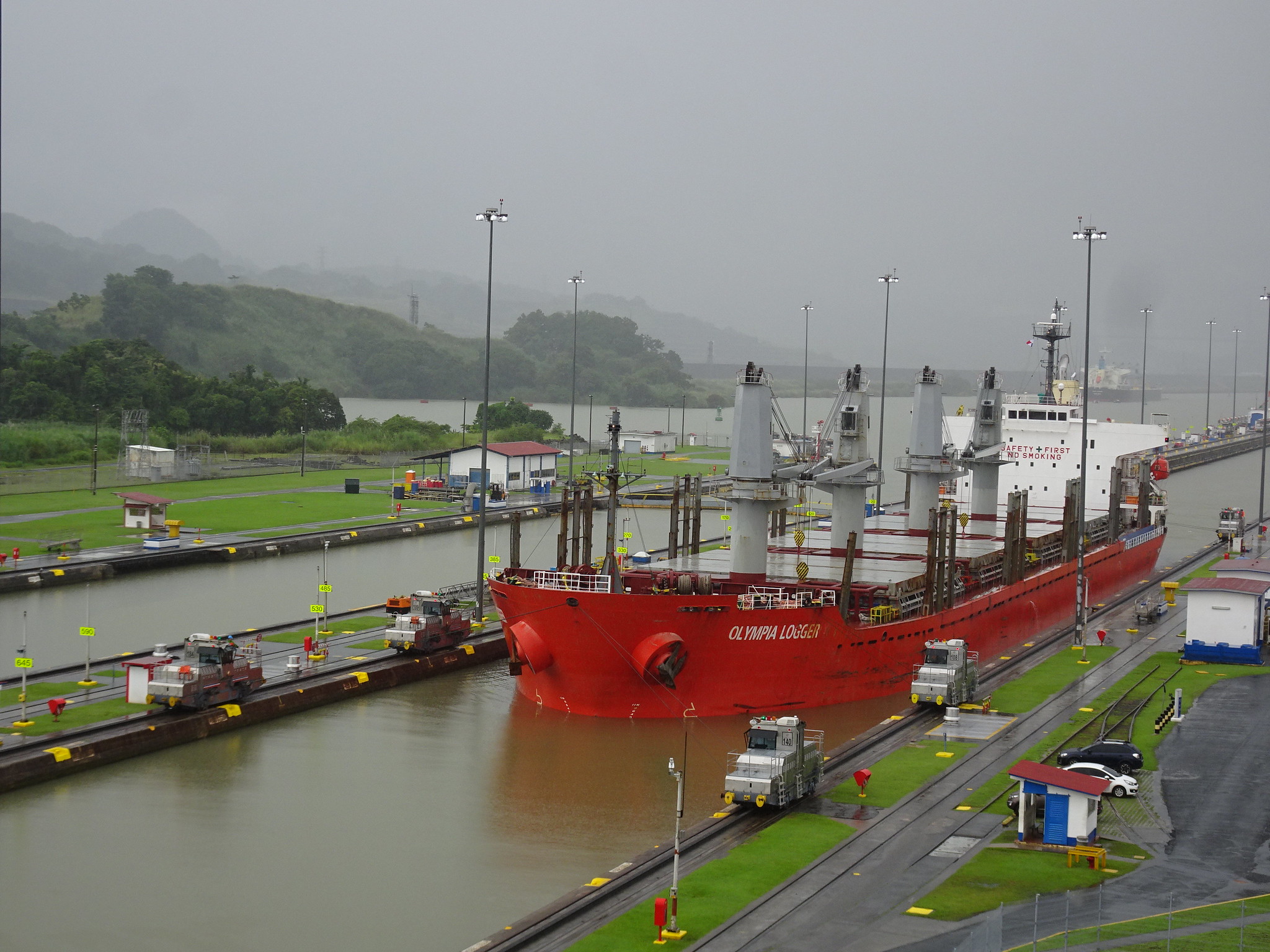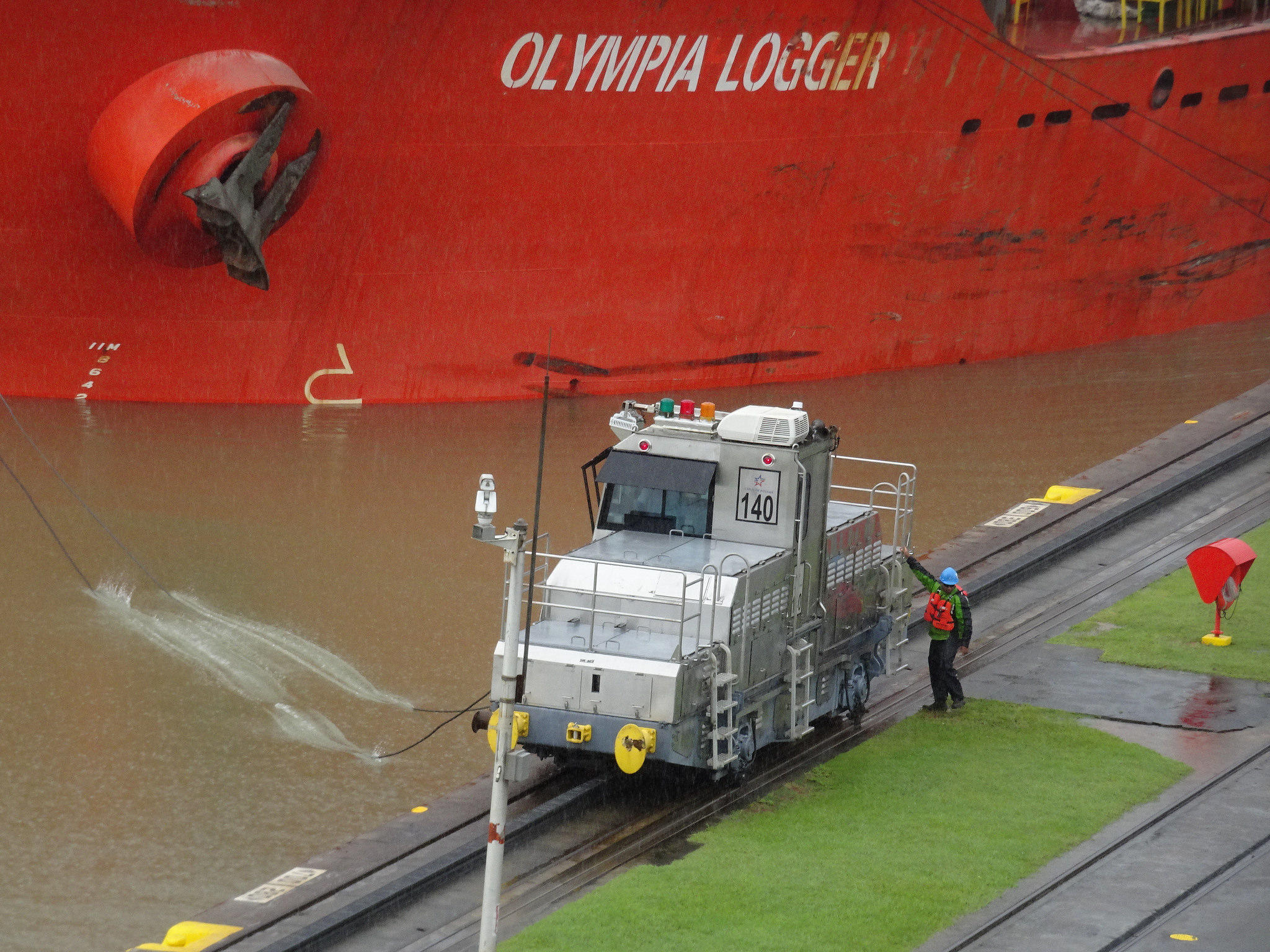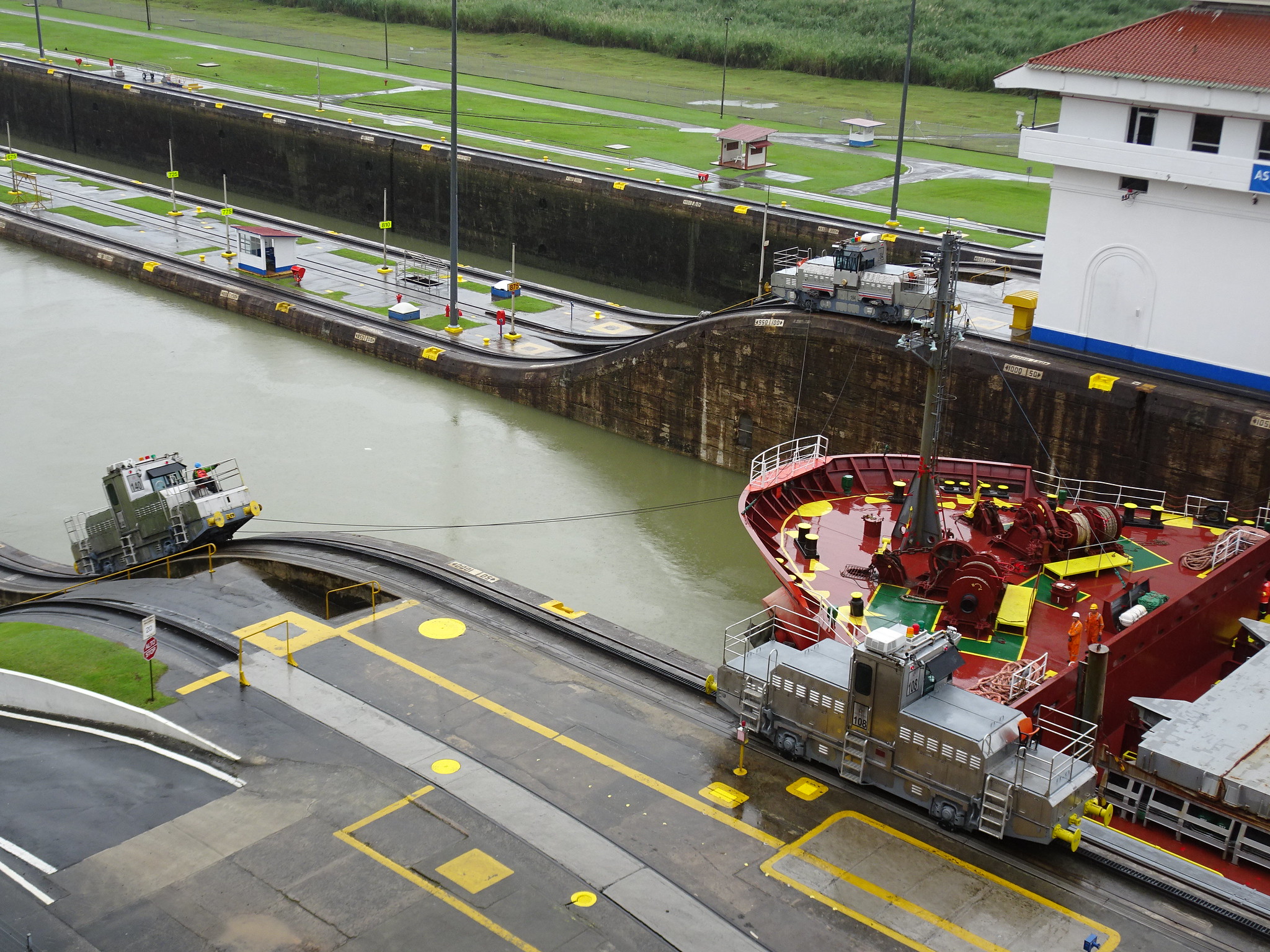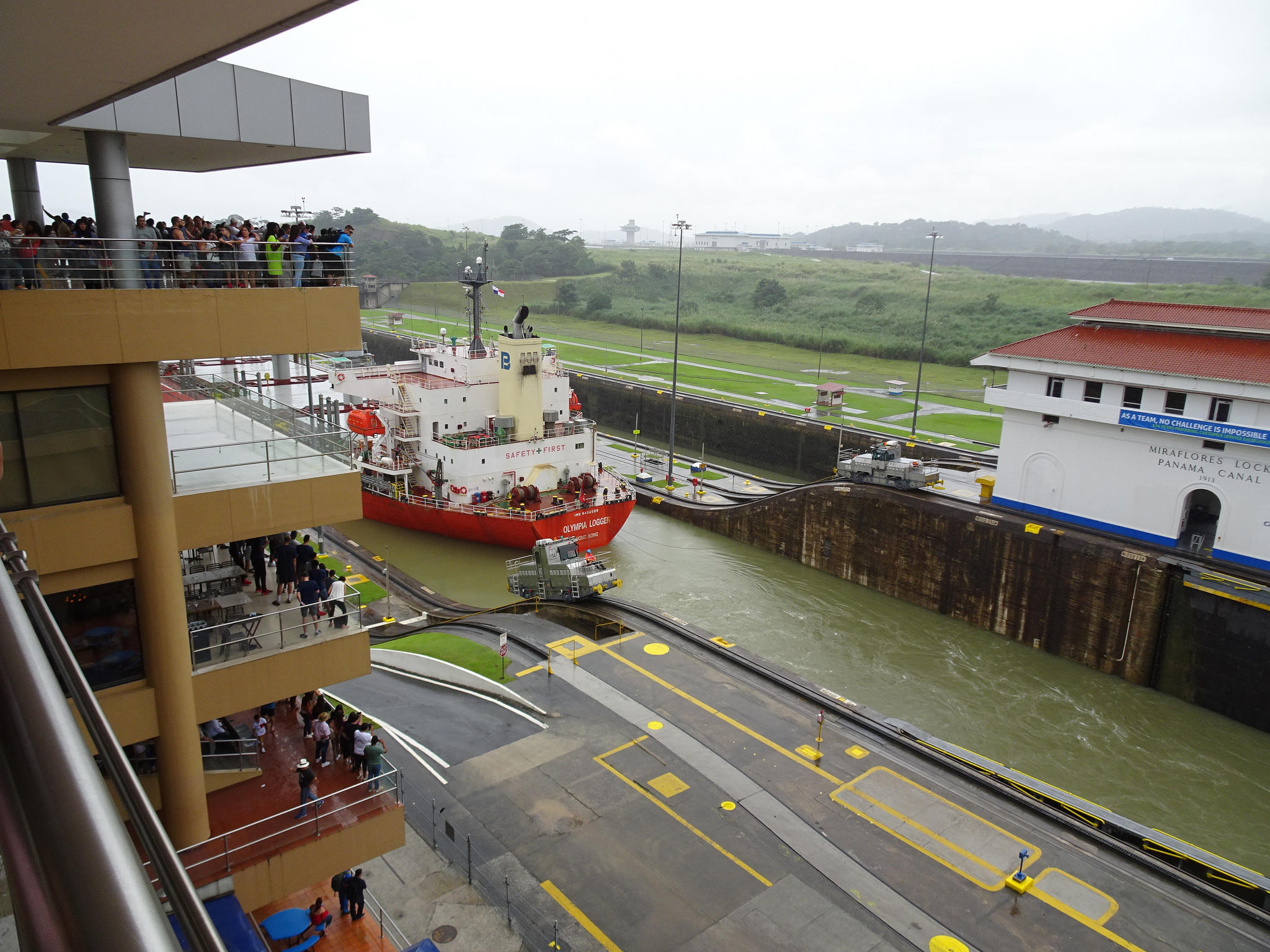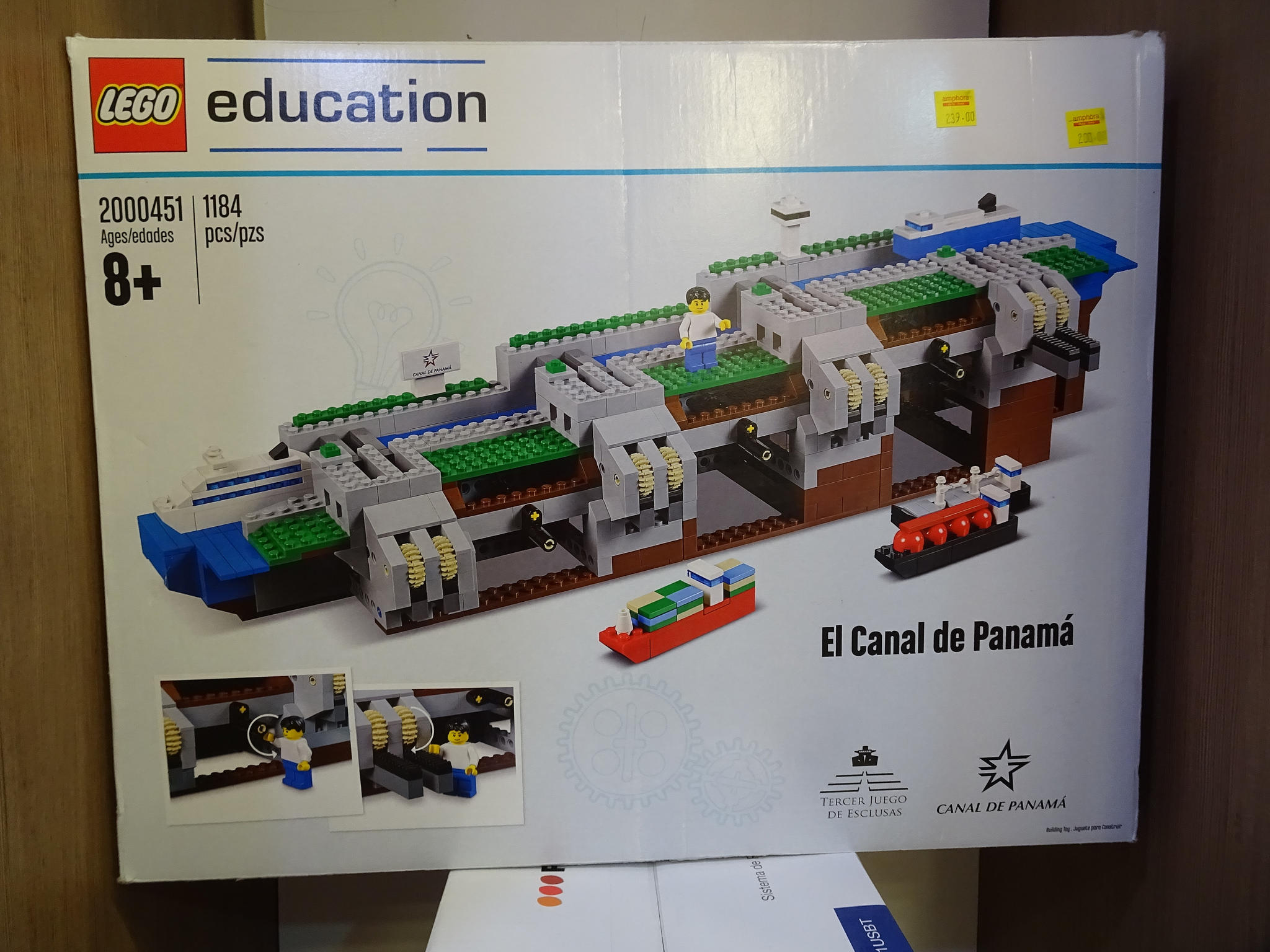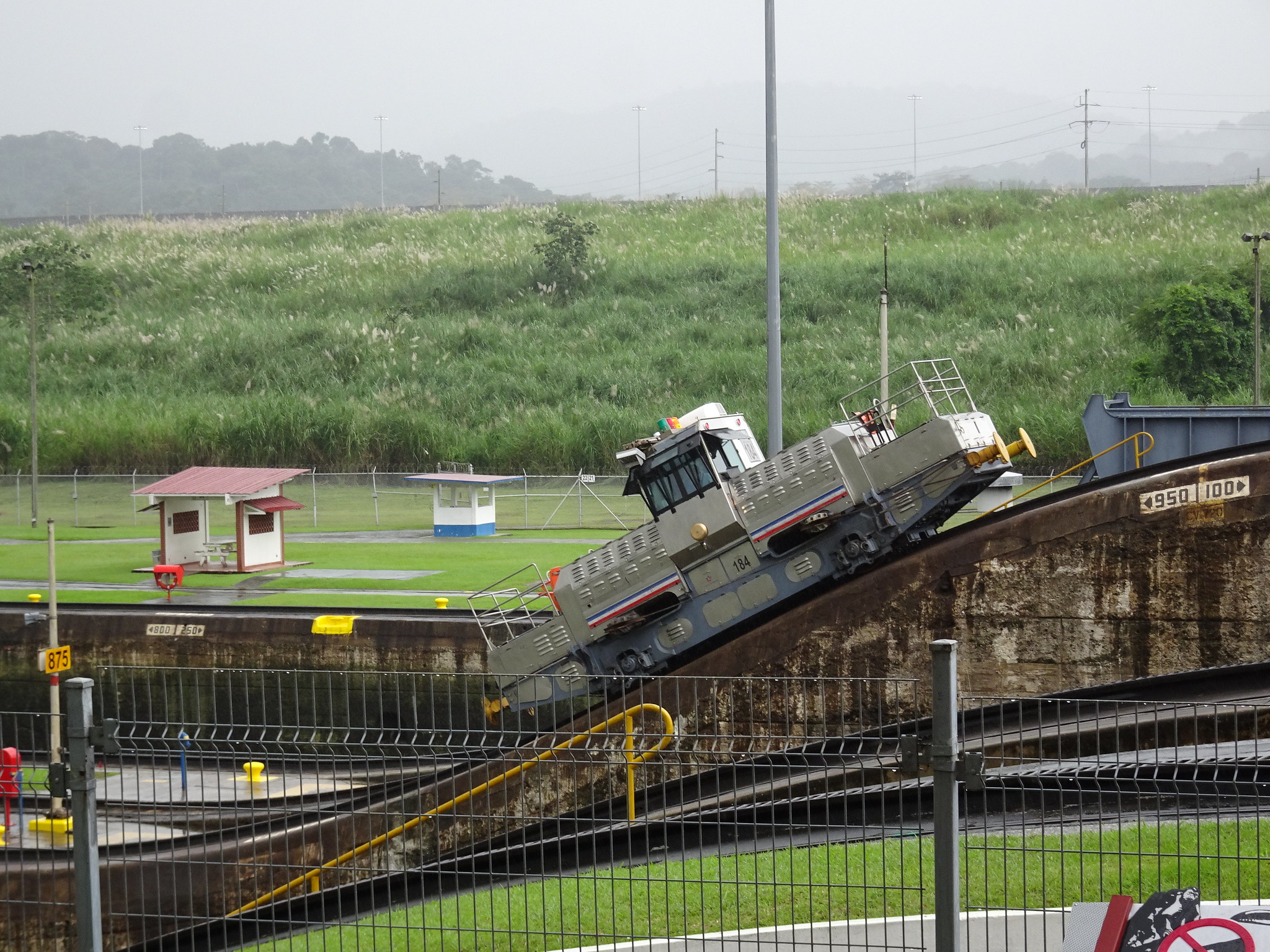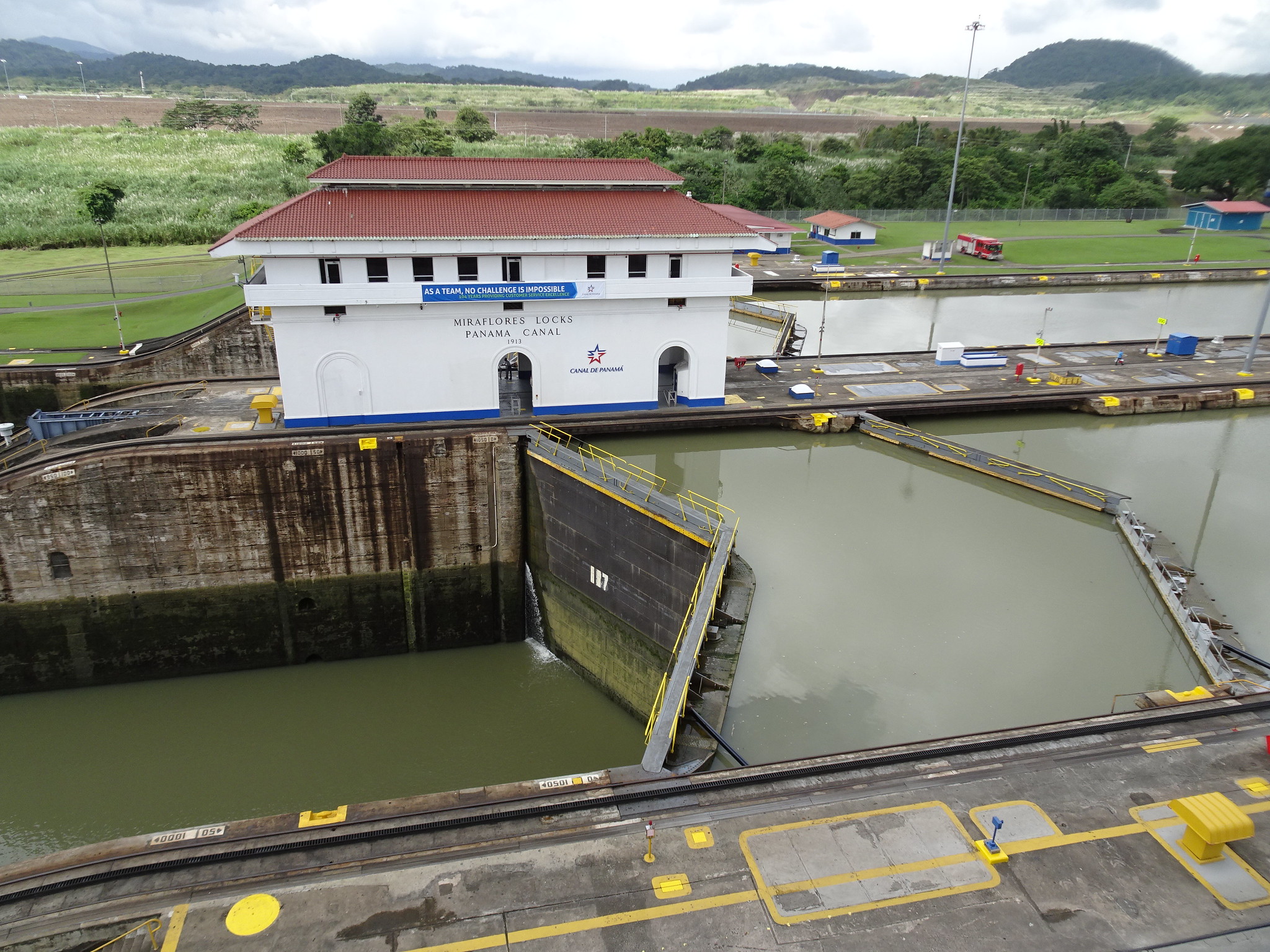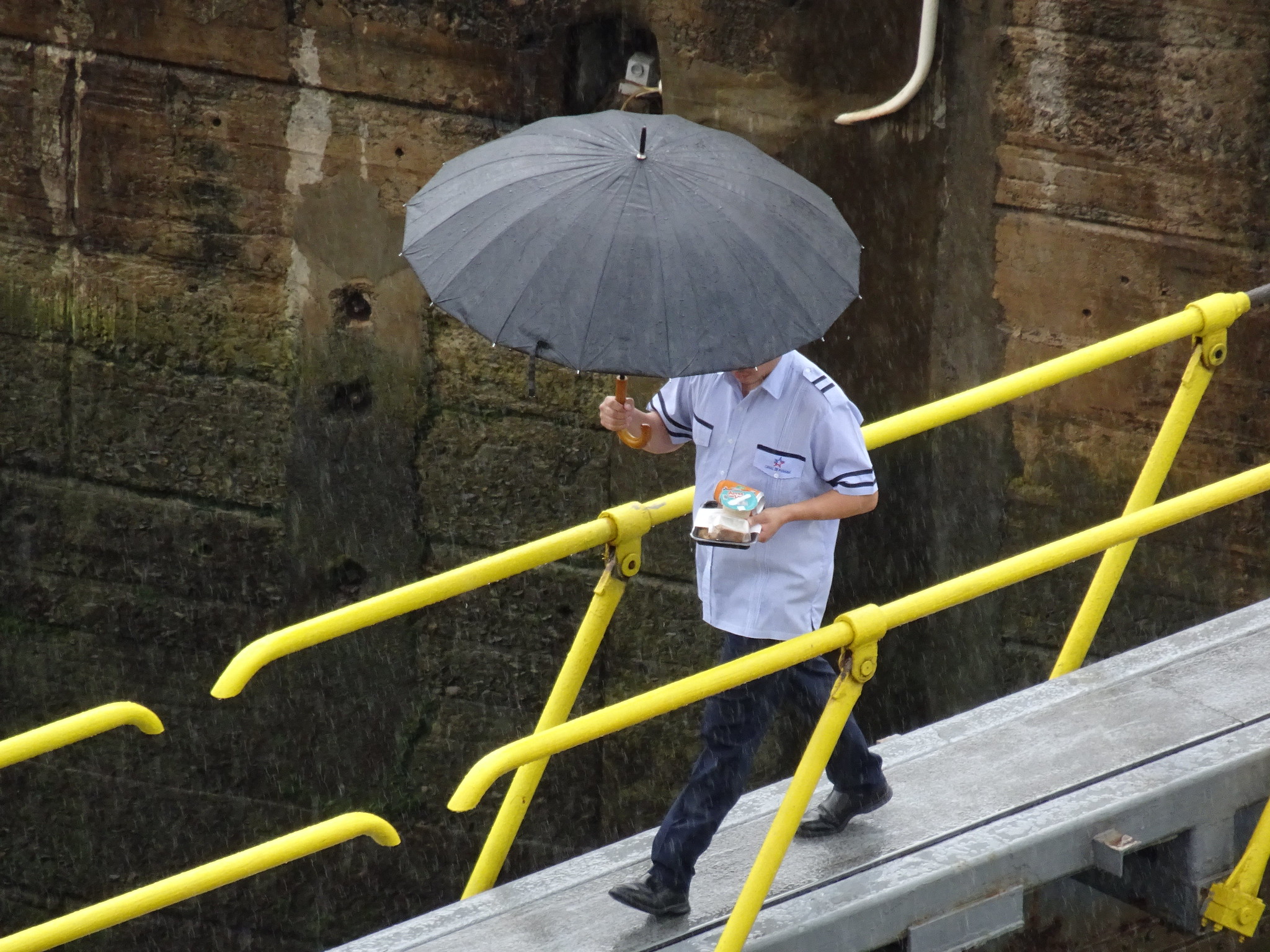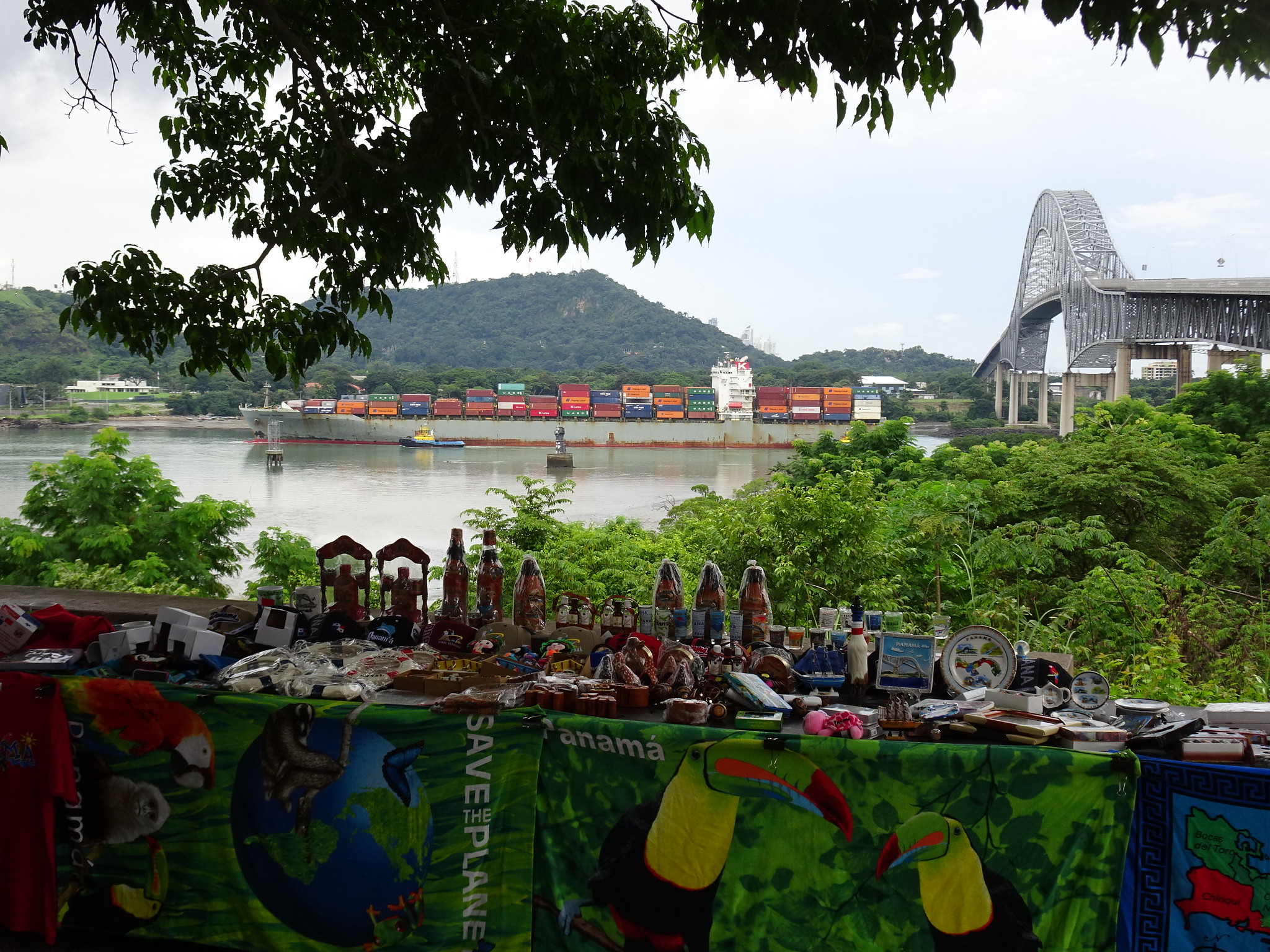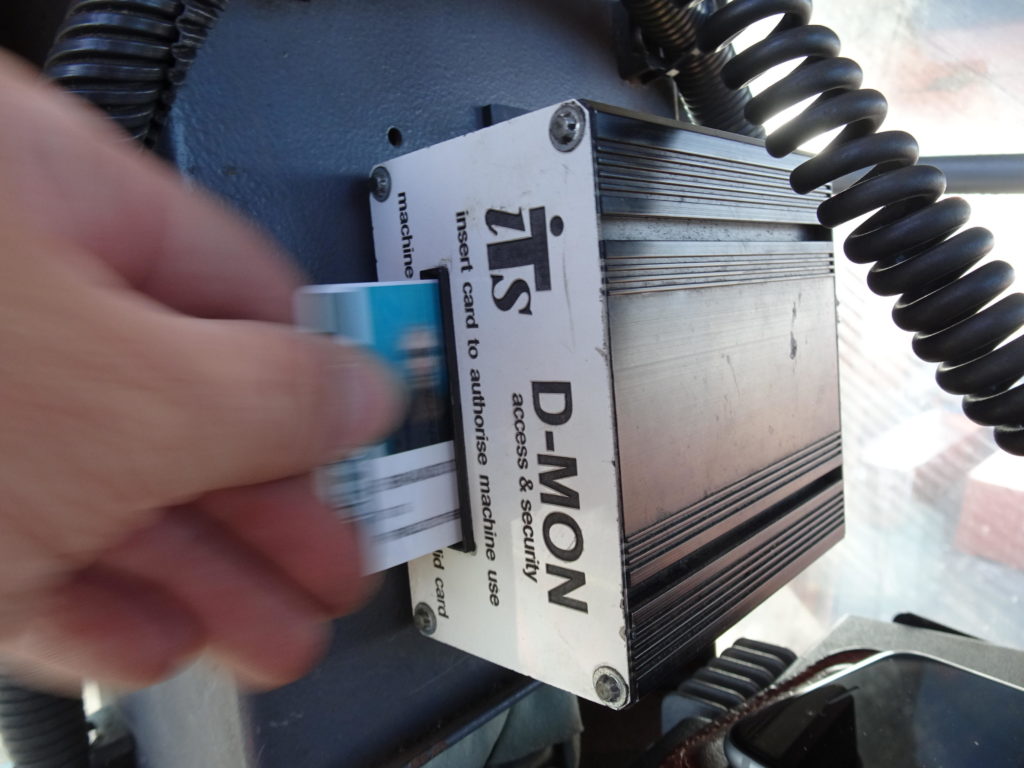News and views
Subscribe to our Newsletter. You'll get zero spam, only news from us.
TOC Global Showcase
The PORTAUTOMATION team are set to support the much anticipated return of the TOC series of events. The TOC Global Showcase, a virtual event, is the culmination of 40+ years of connecting and informing the leaders, technology experts and policymakers at the centre of today’s highly-complex global container supply chain. It is set to take place from 31 May -18 June 2021.
Discover more and register for free here.
Join us on Thursday 3rd June 2021 10:00-11:30 BST for: JOINING ALL THE PIECES IN THE TERMINAL AUTOMATION JIGSAW: CASE STUDY OF PSA PANAMA.
We will explore low cost automated identification to link up the automated and manual processes.
Join us on Thursday 10th June 2021 14:00-15:30 BST for: OPERATOR SAFETY: FOR PORT OTAGO, WAITING FOR THE NEXT ACCIDENT WASN’T AN OPTION.
We will explore how active monitoring of port equipment will reinforce and promote a proactive safety culture.
Repeat order for D-MON operator authorisation system
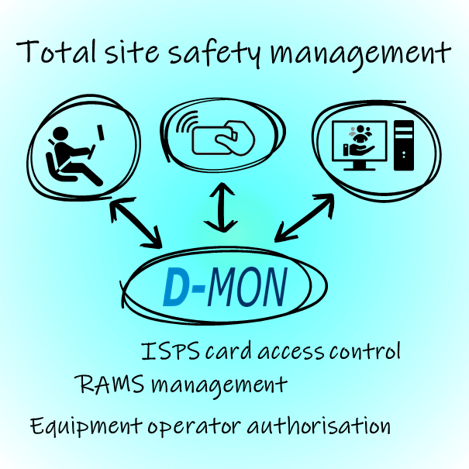
The PORTAUTOMATION team are pleased to announce that a major European container crane manufacturer has placed a repeat order for D-MON operator authorisation systems.
D-MON monitors, and authorises valid trained operators by reading the operator’s ISPS terminal access card.
Flexibility allows D-MON to be implemented to suit any site requirements - a stand-alone system with a built-in list of authorised operators, or a centralised solution to manage a fleet of equipment. The centralised system now has a Smartphone app for managers to administer and view live as well as historic status. Also, it provides many proactive safety management features.
D-MON has an active product roadmap providing total site safety management. New features for 2020 include Risk Assessment and Methods Statement (RAMS) management, task safety management, and training and qualifications management. Automatic reminders for expiring qualifications and authorisations allow staff and contractors to stay safe by ensuring training and qualifications are kept up-to-date.
Discover more here.
In the press
Dave MacIntyre from Port Strategy magazine assesses the impact and adoption of terminal automation on the Terminal Operating System (TOS). With over 30 years of terminal automation experience the ITS Port Automation team were happy to provide some insight...
As terminal operators identify the port characteristics that make automation viable and more specifically the processes that make sense to automate, TOS providers are needing to ensure their product offers scalability and integrated solutions that fit the terminal’s size, location and overall needs.
INTERNET OF THINGS
International Terminal Solutions Ltd (ITS) runs a Port Automation team of Microsoft-embedded OEM developers, building enterprise-grade platforms with the latest Windows 10 The Internet of Things (IoT).
The IoT platform forms a hub and can connect to a myriad of information sources such as GPS, driver identification and equipment metrics. This sub system provides the ability to make available data metrics from previously difficult to reach sources and data can then be shared to secured networks for such things as operational visualisation, TOS automation, and Business Intelligence (BI).
Richard Lambert, Managing Director of Port Automation, says the key criterion for any TOS should be how well it can talk to other systems, which is crucial to encompassing automation, BI and IoT. “One of the key changes in a short space of time is greater availability of data and even in relatively-small operations, this is only set to increase with the IoT.
"For example, BI doesn’t have to involve crunching huge amounts of data looking for unfathomable patterns, it can also help with safe operational methods, operational performance, and investment strategies when it comes to equipment purchase and estimating operational outcomes."
Lambert says many TOS systems have various levels of automation built into them, however, to leverage the automation, the TOS systems need to be connected to the real world. An essential step to taking control of the operation, and having measurable metrics and Key Performance Indicators (KPI), is knowing what is going on in the terminal, live and first hand.
To undertake any form of data analysis you first need the data. “We work alongside some TOS systems providing data and providing management visualisations for items that aren’t supported in the TOS. This allows terminals with different TOS to have the live operational visibility that they need regardless of their size.”
He explains why flexibility and is crucial. “Flexibility is a cornerstone of our port automation systems and means allowing the terminal access to a full range of data that may or may not be able from other systems. For the more common functions we provide browser-based screens including metrics for live equipment movements and maps, containers being carried, and operational performance screens.
"We do recognise we are unlikely to cover all the terminal’s special requirements so in addition to providing a good level of operational live visibility we also allow the terminal operator to ‘take charge or their own data’ by providing an open database allowing creation of their own dashboards or BI analysis."
Read the entire article here (page 33 onwards).
Discover here how PortSpective can deliver operational visualisation, Key Performance Indicators and Business Intelligence.
Empty container terminal tracking - Italy
Working with a major empty container depot in Italy, the PORTAUTOMATION team explore the benefits and issues around using GPS in challenging situations.
GPS has long been the cornerstone for Container Handling Equipment (CHE), providing up-to-date information about the location, speed and travel of handling equipment and where containers are picked up and set down. With the increase in size and numbers of inland and empty container depots, could GPS technology be of use in this growing type of operation? In this white paper we explore the benefits that the implementation of GPS technology can bring to the operation of an empty container terminal, whilst also examining its limitations and cost-effectiveness.
Discover more here.
Locate, log and visualise WiFi issues
The PORTAUTOMATION team have just added a new utility tool to their container handling equipment range of applications. The new tool, WiFi Map Viewer provides the terminal with a quick and easy way to check the terminal wireless network coverage without undertaking a specific survey.
Managing Director, Richard Lambert, said, “This WiFi black spot checker tool was developed to assist our customers identify issues with their wireless network and provide them with key performance data, including maps, to help them pin-point and resolve any problems.”
“WiFi Map Viewer runs in the background every time the equipment is used. It logs locations where the WiFi coverage is poor. In the normal course of the operation with many items of equipment travelling around the terminal, it doesn’t take long to build up a data set to show where the issues with coverage are and how extensive they may be. The new tool includes a configurable mapping facility, which allows various views and filters. For example, normal transitions between access points during site roaming can be filtered out.”
“We are pleased to be able to provide these useful tools, helping our customers identify threats to their business and providing the tools to eliminate them gives real value to our customers’ businesses.”
Discover more here.
Monitoring and authorsing made easier
PORTAUTOMATION launch smartphone ISPS card checks
D-MON is part of the PORTAUTOMATION suite of systems. Using the operators ISPS card it checks whether a Cargo/Container Handling Equipment operator is authorised to drive the equipment. It prevents them from operating the equipment if they don’t have approval.
Now D-MON has been upgraded with the addition of a smartphone app to provide greater transparency and is helping promote secure and safe operation for port equipment and vehicles.
The D-MON smartphone app is part of the administrative tool set, allowing managers and supervisors to check individuals card credentials “on the go”. It allows managers to check who is driving what from their smartphones, and update credentials if necessary.
Ensuring a safe and secure operation with only trained and authorised operators has just been made easier with the D-MON smartphone app.
Discover more here.
2020 - the year of online presentations
Our Business Development Manager, Irma van Dijk, presented a case study on our TRUCK-ID RFID system at the Trans-Pacific Maritime Conference (TPM) 2020 webinar.
The webinar had been quickly set up as an alternative to the TPM conference in Long Beach, which had been cancelled due to coronavirus earlier that week. We are delighted to have been given the opportunity to present, especially as the event was planned at such short notice!
Irma presented a brief case study of Tuxpan Port Terminal (TPT), where we implemented our TRUCK-ID RFID system. TPT wanted to improve general visibility of the truck movements around the terminal, at key points such as: Customs, Pre-Gate, Weigh station, Gate, Stack lane entry, at the Automatic Stacker Crane, Stack lane exit and Gate out. They considered active RFID, but decided to install TRUCK-ID passive RFID due to the ulta-low cost of the tags, with zero maintenance. This allows the terminal to tag both internal container trucks and thousands of incoming street trucks, for a seamless automated gate and yard solution.
Coronavirus COVID-19
The Coronavirus COVID-19 pandemic has affected the world in ways we could not imagine.
During this time we tirelessly continue to support our customers keeping vital cargo and supplies moving as efficiently as possible through ports and terminals. With all our Port Automation staff working (from home) we're fully operational and ready to support you. Please follow your Government's advice to protect yourself and others.
"We should take comfort that while we may have more still to endure, better days will return: we will be with our friends again; we will be with our families again; we will meet again." - Queen Elizabeth II, 5 April 2020.
Tuxpan tracks more through the terminal
Tuxpan Port Terminal, operated by SSA Mexico, have widened their tracking and monitoring of freight through the terminal. The PORTAUTOMATION TRUCK-ID system tracks and reports on container trucks and reports the arrival at the automated stacking crane, tracks them through the yard, and identifies them at the various gate-in and gate-out processes.
Widening site tracking and reporting beyond the containerised operations, we have upgraded TRUCK-ID to monitor a range of terminal traffic to provide greater visibility of their locations on the terminal, real-time status and complete turn times. TRUCK-ID has been extended to cover various RORO and bulk traffic, as well as vehicles used by staff on the terminal.
Read more about TRUCK-ID here.
ISPS card operator authorisation upgrade
The PORTAUTOMATION D-MON equipment operator authorisation system has just been upgraded with a new SQL secure database. Also, it features more connectivity tools than ever before.
D-MON features a new SQL database and upgraded connectivity makes it easy for administrators to remotely administer and provide connectivity to other systems such as Human Resources and Enterprise Resource Planning (ERP). A great benefit is the fact that any additions, deletions (lost cards), or amendments, can be made at once and in one place. As a result, time-consuming visits to each item of equipment to update user details now belongs in the past!
A key advantage of D-MON on the operator-side, is the fact that it works with the ISPS card, removing the need for equipment operators to carry 2 forms of electronic identification as the card can be used to enter the terminal as well as to operate equipment.
As part of the PORTAUTOMATION family of optimisation, security and safety systems, D-MON provides authorisation for a range of equipment and only permits operators to drive equipment that they are trained for and authorised to operate. D-MON can be set up with authorisations for a specific type of equipment, groups or individual vehicles and also has connectivity to automatically log the operator on to the Terminal Operating System (TOS) with their ISPS card alone.
D-MON implemented as part of a wider operation, enhances the ability for managers to proactively reinforce site safety procedures, with the addition of key metrics such as vehicle speed, direction and stability also being reported.
Cyber Security
The UK Government Department for Transport has published new cyber security guidance for Ports and Port Systems. The document notes that cyber attacks on port systems are "no longer considered hypothetical" and cites recent cyber-attacks on major shipping lines. The guidance is relevant for all readers, both UK-based and elsewhere.
Improving Operational Safety
The installation of PORTAUTOMATION Mobile Systems at Port Otago Ltd, Port Chalmers container terminal has been instrumental in operational safety improvements of their Kalmar Straddle Carrier fleet.
As reported in the World Cargo News September edition: “Otago has identified Straddle rollovers as one of its highest potential risk areas. It runs a fleet of 15 Kalmar machines that are equipped with an alert system that raises an alarm if the driver exceeds a pre-calculated stability level based on speed, spreader position and turning radius”.
“In 2018, the Port fitted its Straddles with (PORTAUTOMATION Mobile Systems) telemetry units that transmit and record data from the stability sensors. The number and incidence of alerts these generate is (monitored with the PORTAUTOMATION PortSpective and) shared with drivers”. “Drivers that record any tip alerts in a two-hour driving shift are required to have a safety discussion with a supervisor”.
According to the Port, “within three months, the number of red alerts fell from 350 per week to less than 20. Within a year, the number had fallen to less than five”.
Learn more with our Insider Insights here.
PORTAUTOMATION systems available in Australia and New Zealand

The Port Automation team are delighted to announce a new partnership for the Australia and New Zealand region with the signing of an agreement between International Terminal Solutions Ltd and Linksworx Pty Ltd.
Linksworx is based in Queensland, Australia and is headed up by Ted Lushchayev. Ted has extensive experience in system integration in the Ports and Terminal industry and has worked with various leading terminals, helping them to get the best out of their systems.
Richard Lambert, Managing Director, said “We are delighted that Linksworx is working with us to bring the ITS Port Automation Systems to this important region. Working with Linksworx will help clients in Australasia and Oceania with a local partner, enabling them to take advantage of proven cost-effective systems and implement these with all the benefits that localised support brings”.
Liverpool moves forward with PORTAUTOMATION Mobile Systems
Peel Ports, operators of the Royal Seaforth Container Terminal in the Port of Liverpool, have opted for the recently launched PORTAUTOMATION Mobile Systems for their new Straddle Carriers. The new systems connect to the Navis N4 Terminal Operation System (TOS) and automatically update equipment operators with current container move instructions, tracking equipment as well as container movements. The mobile systems also authorise the operators, allowing them to securely logon to N4 with their ISPS cards and removing the need to carry two means of identification to use the equipment.
This upgrade to the latest PORTAUTOMATION Mobile Systems is a significant step forward for the terminal, upgrading existing systems that are approaching a decade old.
“We are pleased that Peel Ports recognised our depth of industry experience and have trusted us with this critical link in their operational chain.” said Richard Lambert, Managing Director of ITS.
“Our PORTAUTOMATION Mobile Systems come with many advanced features such as: Automatic Job step sequencing and geo-fencing. They are plug-and-play ready with the Port Automation management systems for operator authorisation, safety and security management, telemetry, asset management and live operational visualisation.”
People on the move

The Port Automation team are delighted to announce that Irma van Dijk has joined International Terminal Solutions Ltd as part of the Business Development Team for the Ports, Terminals and Logistics sector.
Irma, who holds a Masters Degree in International Business and Latin American Studies and speaks 6 languages, brings with her a background in Strategic planning, operational management, leadership and business relationship management.
Richard Lambert ITS’ Managing Director said “we are delighted that Irma has joined our team of Port Automation specialists. She brings a raft of skills and experience that will help new and existing clients to benefit from cost effective optimisations for their business”.
The Seventh Wonder
We recently had the good fortune to visit Panama. A visit would not be complete without a visit to the one of the Seven Wonders of the Modern World - the Panama Canal!
France began work on the canal in 1881, but stopped due to engineering problems and a high worker mortality rate. The United States took over the project in 1904 and opened the canal on August 15, 1914. The US continued to control the canal and surrounding Panama Canal Zone until the 1977 Torrijos–Carter Treaties provided for handover to Panama. After a period of joint American–Panamanian control, in 1999, the canal was taken over by the Panamanian government. It is now managed and operated by the government-owned Panama Canal Authority.
These are the locks at Miraflores on the Pacific Ocean entrance to the canal where, for a small fee, you can learn about the history and get a ring-side view the locks in action at the visitor centre... and they serve good coffee.
Keeps on going...
Equipment gets a tough time on Ports and Terminals. Here one of our D-MON Access Controllers has been installed for 8 years without a single issue - but does explain why its appearance is battered and dirty. Like the Straddle Carrier it is installed on, it is in use 24 hours a day, 7 days a week.
D-MON is an access and control system specifically designed to identify and authorise operators of port equipment. System features: monitor and authorise mobile equipment operators, restrict equipment access to qualified operators, full audit trail of who / when / what, flexible and expandable. Existing site access cards can be used to save time on tedious card management.
D-MON is suitable for any situation: Stand alone, network linked via existing Wi-Fi or crane network, linked to an existing operator's RDT, or an additional feature to our GPS Tracking or Fleet management systems.

